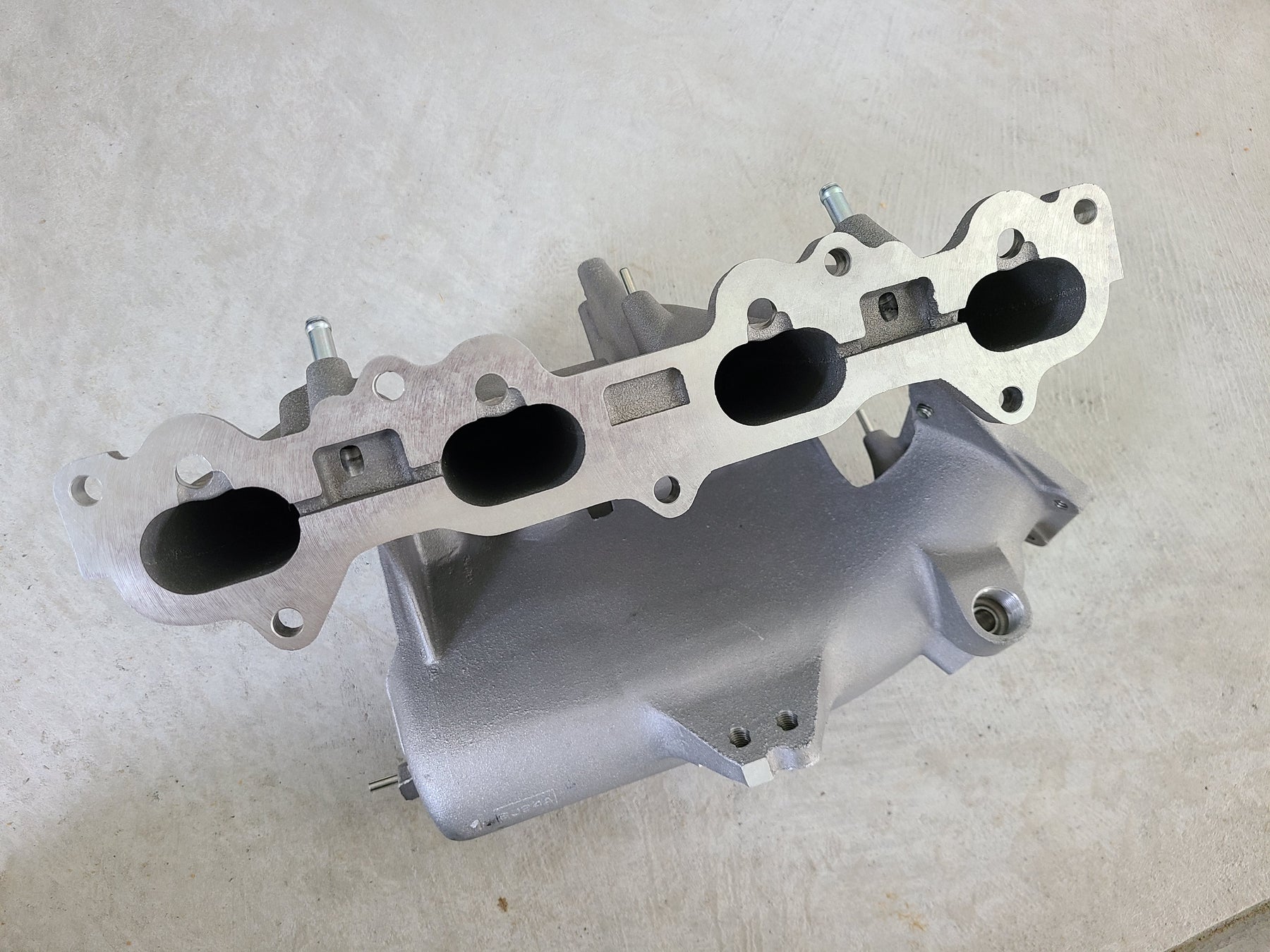
We want to capture the knowledge that the named class ‘ organelle part’ is part of an organelle. Strictly speaking in OWL, you don’t make relationships between classes, however, using OWL restrictions we essentially achieve the same thing. In this tutorial, we will deal exclusively with the existential (some) quantifier.

Another example is that the process of hair growth is found only in instances of the class Mammalia. That is, we can assert that a cellular component is capable of these function, and is only capable of those functions and no other. We can use the universal quantifier to add closureto the existential. For example, we can say a cellular component is capable of many functions using the existential quantifier, however, OWL semantics assume that there could be more. Universal restrictions describe classes of individuals that for a given property only have relationships along this property to individuals that are members of a specified class.In Protégé, the keyword ‘ some’ is used to denote existential restrictions. For example, the class of individuals that have at least one ( some ) ‘part of’ relationship to members of the ‘Chromosome clas. Existential restrictions describe classes of individuals that participate in at least one relationship along a specified property to individuals that are members of a specified class.

Quantifier restrictions are further categorized into two types, the existential and the universal restriction. In this tutorial will initially focus on quantifier restrictions. These are quantifier restriction, cardinality restrictions and hasValue restriction.

In OWL, there are three main types of restrictions that can be placed on classes. But we could also describe the class of chromosome parts as all the instances that are ‘ part of’ a chromosome. In other words, a restriction is a kind of class, in the same way that a named class is a kind of class.įor example, we can use a named class to capture all the individuals that are chromosome parts. A restriction describes a class of individuals based on the relationships that members of the class participate in. We can also use the properties to describe new classes (or sets of individuals) using restrictions. Keep the previously opened interim ontology open.Īs previously stated, in OWL we use object property to describe binary relationships between two individuals (or instances).


 0 kommentar(er)
0 kommentar(er)
